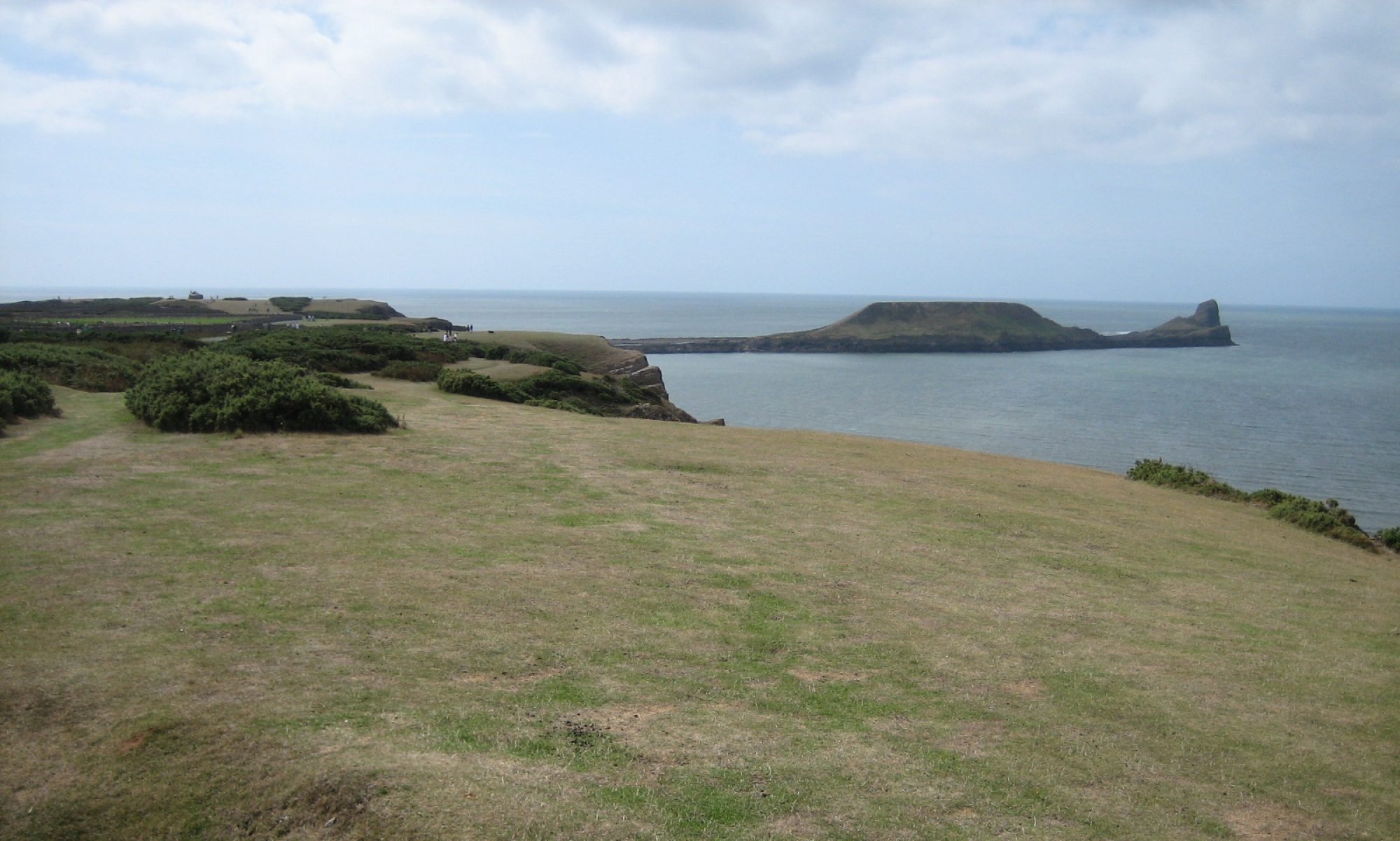Powered by [ScribeFire](http://scribefire.com/).
HTML Forms – the Next Generation
Powered by [ScribeFire](http://scribefire.com/).
Desktop mashups
Now this is really interesting because he describes [Sidewinder](http://www.formsplayer.com/project/swviewer) which is essentially a next-generation browser that has support for XHTML + other XML markups (MathML, SVG, etc) and [XForms](http://www.w3.org/MarkUp/Forms/), the W3C recommendation for Web UI (nice tutorial intro from Mark [here](http://www.formsplayer.com/introduction-to-xforms)) but with a twist! The twist is that with a little JavaScript, you can turn virtually any web page into a desktop *widget* (or *gadget*) that can be docked to the desktop à la *google gadgets*. Furthermore you can combine streams of XML to provide all kinds of useful mash-ups. An example given in the talk put Gmail into a Sidewinder window, docked it to the side of the desktop with auto-hide, and intercepted open window events from GMail (created by following a link in an email, for example) so that the opened pages appeared in another dockable Sidewinder window. This effectively makes Gmail into a desktop app rather than a browser app. Other use cases were also given, but it’s this one that I like the best. For example, it should be possible to have my [twitter](http://twitter.com/cpjobling)*tweeter* on the desktop rather than in a browser sidebar or, worse, an AIM client. Mark promised support for more sophisticated mash-ups like a form of [lifecasting](http://crispyj2.blogspot.com/2007/04/lifecasting.html).
I need to read (or [view](http://video.google.co.uk/url?docid=-6347740793556865808)) more about Xforms and give Sidewinder a try.
Powered by [ScribeFire](http://scribefire.com/).

